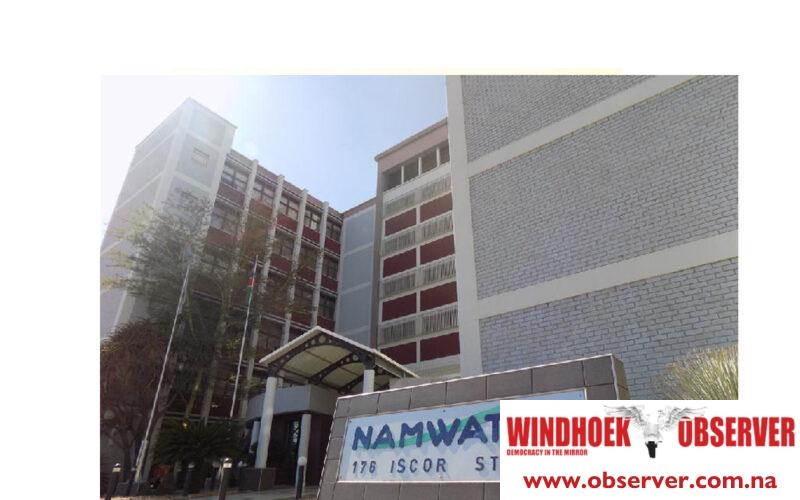Niël Terblanché
NamWater faces financial challenges, with outstanding debts now surpassing N$2.1 billion.
According to a statement issued by the national water supplier, this debt burden is an obstacle to NamWater’s ability to operate on a cost-recovery basis, as the entity primarily functions as a public service provider rather than for profit. As of June 2024, the accumulated debt from various sectors surpassed N$2.1 billion.
Private and individual consumers owe N$312 139 216, while industries are responsible for N$40 343 848. Irrigation farmers have accrued N$22 525 668 in debt, and mines have an outstanding balance of N$91 820 587. Ministries and government institutions owe N$32 881 396, with municipalities contributing N$150 125 856 to the overall debt. Regional councils are accountable for N$76 578 707, rural water communities for N$625 703 582, town councils for N$684 093 901, and village councils for N$131 603 107.
The statement highlights the need for timely payments to sustain water services and support NamWater’s operations, especially in the face of growing water demand and the challenges posed by Namibia’s arid climate.
The Namibian government, through the Ministry of Agriculture, Water and Land Reform, has allocated more than N$1 billion to water-related projects for the 2024/2025 fiscal year. With 76% of this budget dedicated to infrastructure development, this investment reiterates efforts by the government to enhance water infrastructure and address the country’s water supply needs.
In addition to the government’s investment in water projects, NamWater is implementing several integrated water supply initiatives, including a second desalination plant and the Kavango Links Project. These projects will play a role in augmenting groundwater resources and ensuring a sustainable water supply, further solidifying Namibia’s water security.
The statement said that the planned desalination plant represents an approach to addressing water scarcity by converting seawater into potable water, while the Kavango Links Project is instrumental in connecting water sources and ensuring efficient distribution across regions.
NamWater currently operates a water infrastructure network that includes 4 210 kilometres of pipeline, 17 treatment plants, 377 reservoirs, 19 dams, 574 production sites, 249 monitoring stations, 422 kilometres of canals, and 823 boreholes.
According to the statement, this network is vital in delivering water across Namibia’s landscape, ensuring that communities, industries, and agriculture have access to this resource.
Despite developed water resources amounting to 348 million cubic meters, the current demand stands at 180 million cubic meters. The Central Business Unit, in particular, faces a shortfall in meeting its water demand, while the Coastal Business Unit’s demand outpaces supply, further underscoring the urgency of expanding and upgrading water infrastructure to meet these needs.
“NamWater’s mission to provide reliable water services is complicated by several challenges, including water scarcity, variability in rainfall, an expansive and sparsely populated landscape, ageing infrastructure, vandalism, and customer payment issues,” the statement said.
Despite these obstacles, NamWater still aims to meet the growing water demand and improve the quality of life for all Namibians.
“By supplying high-quality water and developing water infrastructure, NamWater is enhancing public health, supporting economic development, and ensuring sustainable water access across the country,” the institution said.
NamWater’s investments in water infrastructure are critical for national development.
NamWater, in collaboration with the government and international partners, is paving the way for Namibia’s sustainable and prosperous future by enhancing water security, supporting socio-economic progress, and moving towards universal water access.




